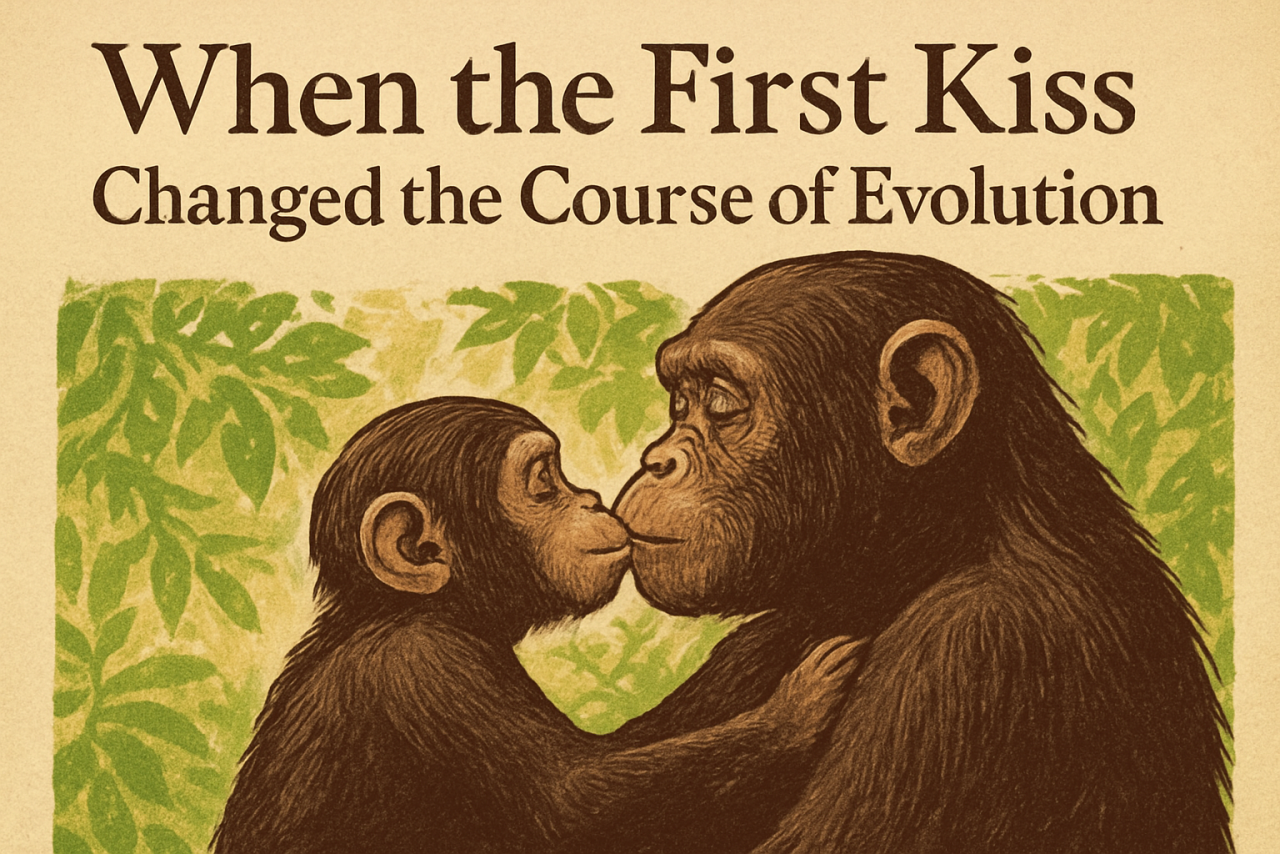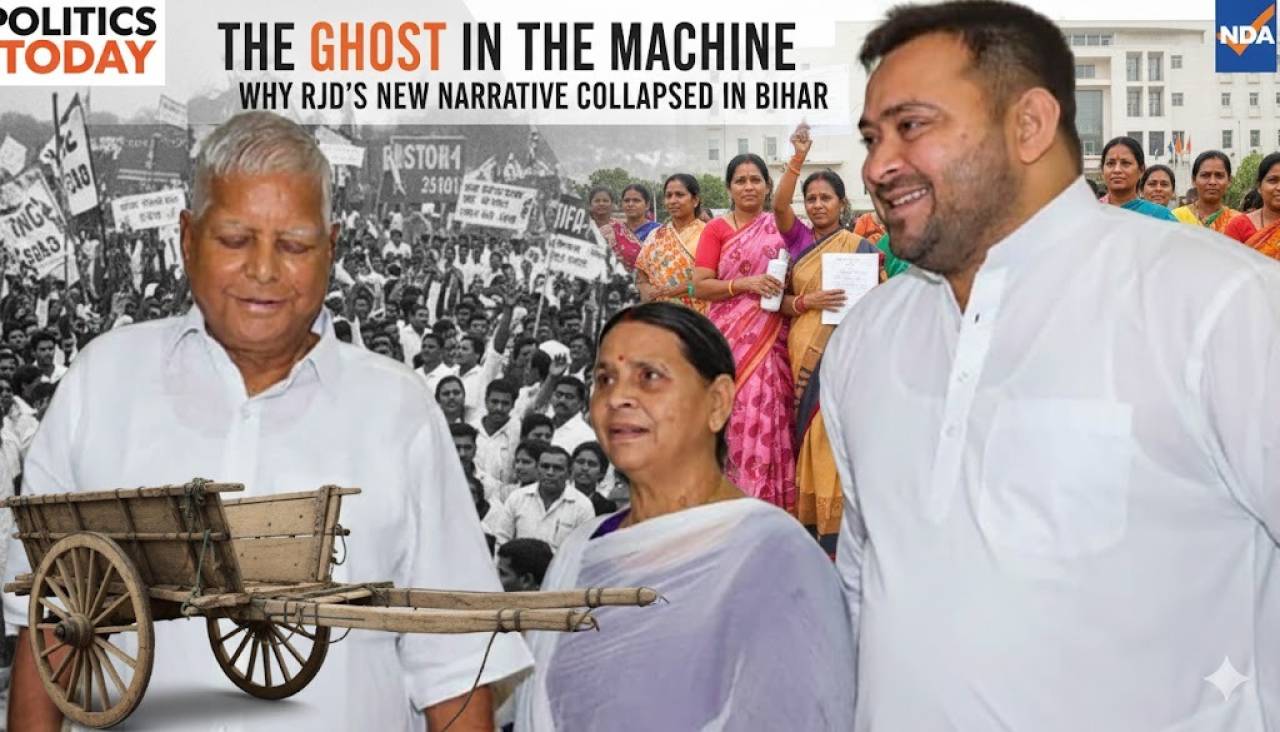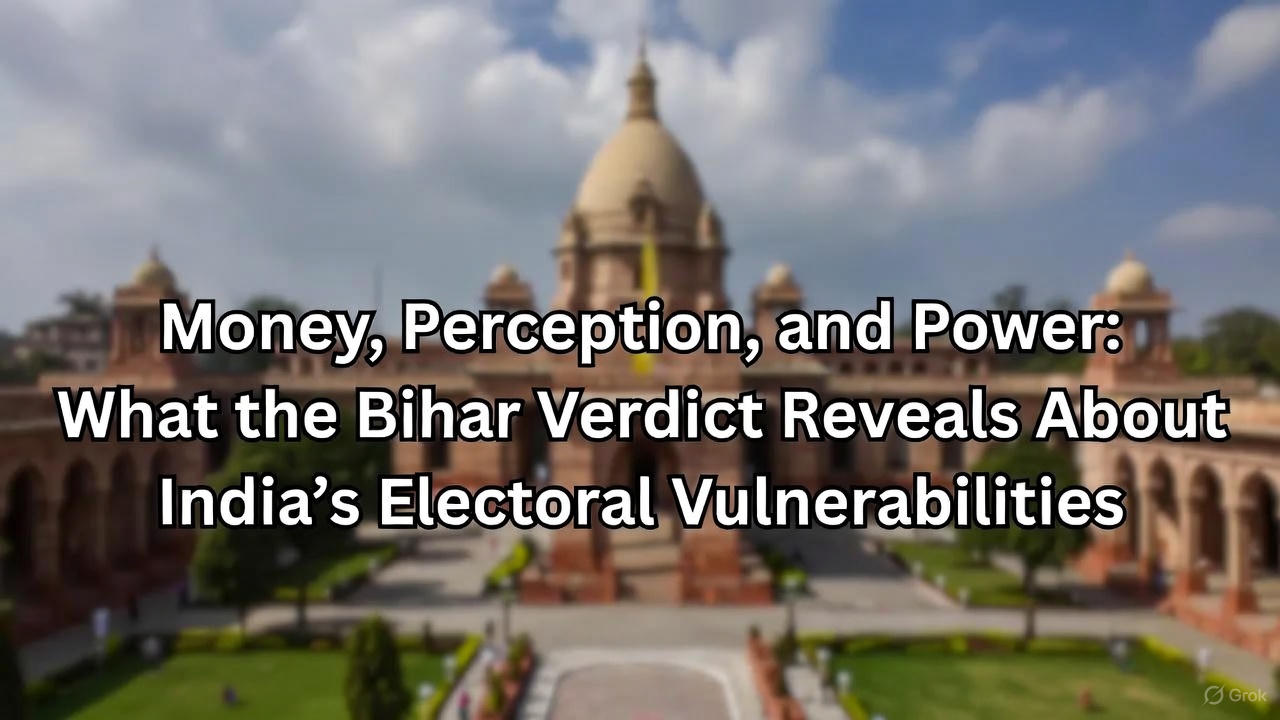
The Indian Council of Historical Research (ICHR) has announced an ambitious new project that could reshape how Indians understand one of the most debated subjects in early history—the Aryans. Titled “The Arya: History & Culture,” the upcoming composite volume seeks to gather decades of scholarship and recent research into one comprehensive, evidence-based publication. The project marks a clear attempt to move away from long-standing “colonial frameworks” and provide a more balanced view rooted in today’s scholarly consensus.
Approved at the ICHR’s General Council meeting in October, the volume is expected to be completed within six months. According to ICHR chairperson Prof. Raghavendra Tanwar, the goal is not simply to dismiss older theories about Aryan origins but to revisit historical gaps and neglected themes that have shaped the study of Indian civilization.
Tanwar explains that Aryan civilisational ideas have played a crucial role in shaping India’s cultural context. For centuries, Indian traditions, languages, and social norms have carried traces of this influence. “Our civilisation evolved over centuries, and the Arya tradition played a significant role in that long process,” Tanwar says. The composite volume, therefore, aims to bring clarity to the subject while highlighting its importance for understanding India more deeply.
The publication will bring together three categories of papers:
- Past scholarly works from Indian and international experts over the last 50–60 years,
- Updated versions of earlier papers revised using new research, and
- Entirely new contributions from contemporary scholars.
ICHR member secretary Dr. Om Jee Upadhyay says the volume will include works from respected scholars such as linguist and literary expert Kapil Kapoor, American writer on Hindu traditions David Frawley, archaeologists Vasant Shinde and Sanjay Manjul, and Indologist Michel Danino. Together, their contributions will span fields like linguistics, geology, archaeology, genetics, and philosophy, creating a multi-disciplinary picture of the Aryan question.
What sets this project apart is its stated intention to move the conversation beyond outdated colonial interpretations that once dominated the academic space. For decades, Indian history has been influenced by theories developed during the colonial era, when limited archaeological evidence and narrow perspectives shaped early conclusions. But recent advances in archaeology, DNA studies, and linguistic research have broadened the horizon.
Upadhyay notes that many older theories, whether about invasion, migration, or cultural diffusion, no longer need to be “refuted” because scholars themselves have revised them in light of better evidence. The real need today, he argues, is to examine all relevant dimensions and present them clearly to the public.
Instead of focusing only on whether the Aryans “invaded,” “migrated,” or “emerged” within the subcontinent, the volume seeks to provide a fuller picture of their culture, their interactions with existing societies, and their long-term influence on Indian civilisation. The aim is to move beyond binary debates and toward a more nuanced understanding.
The final publication will feature 40–50 solid research papers with a detailed foreword explaining major themes. By assembling this wide range of scholarly work, the ICHR hopes to give students, researchers, and the general public a clearer and more holistic narrative about the Aryans—one that is rooted in evidence rather than ideology.
If successful, the volume could become an important reference point for future discussions on early Indian history, helping bridge gaps between academic research and public understanding.




















